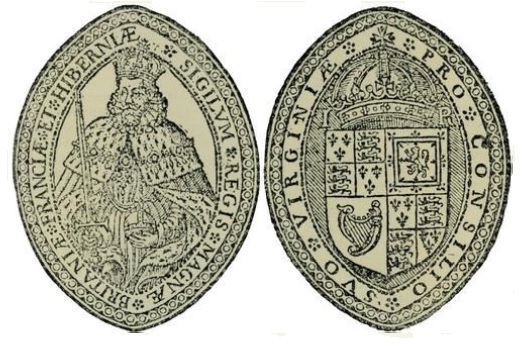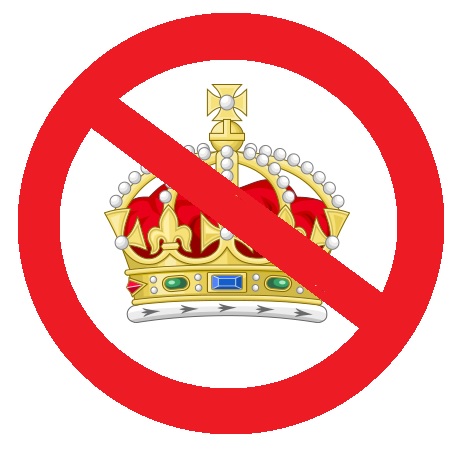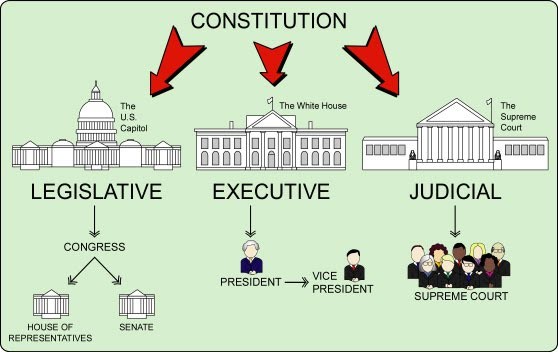What Does a Republic Look Like?
John Hartvigsen
The creation of an American republic began when British American Colonists rejected rule of both parliament and king. The Latin term res publica translates loosely as “the affairs of the public.” Ancient Greece and Rome had described their nations as republics,
However, the Greece and Rome republics did not offer examples that would work in 18th Century North America.
Perhaps surprisingly, colonial governments under British rule, with important modifications, served as the pattern for American republican government, and colonial governments followed the pattern of Great Britain monarchy. Virginia’s colonial government is a good example.
An appointed Royal Governor assisted by the Council of State with 12 members appointed for life ruled the colony. The Governor and Council filled several roles:
- Executive functions
The Royal Governor represented both the Monarch and the Parliament
The Council advised the Royal Governor served as the Cabinet - Legislative functions
The Council of State acted as the upper house of the Virginia’s legislature with the elected members of the House of Burgesses forming the other legislative body. - Judicial functions
The Royal Governor with the Council acted as the highest court in the Colony.

Seal of the Virginia Governor’s Council symbolized the Council’s Role for Executive, Legislative & Judicial roles. King James I is shown on one side with the his Royal Coat of Arms on the other side.
The colonist created a government that included a chief executive, a cabinet, a legislature with an upper and lower house, and a high court; however, they created the Separation of Powers concept of government, whereby the same persons could not hold positions in more than one of the three branches of government. The chief executive could not serve in the legislature and the judiciary. The Council could not fill the roles of the cabinet, the upper house of the legislature and the supreme court.
George Washington, the first U.S. President under the Constitution, served as head of state. The Cabinet Secretaries, although not mentioned in the Constitution administer the departments of the federal government, and the Supreme Court served as the highest court of the land.
Even today, the United Kingdom has a head of state (the queen), a head of government (the Prime Minister), a Cabinet to head government departments, a legislature (the House of Lords & the House of Commons), and a Supreme Court (the highest court in the Kingdom). As a Constitutional Monarchy, the United Kingdom, like the United States, is a representative democracy. However, the Prime Minister and the cabinet members still serve as members of the House of Commons.
Our governments have a common source, but our Republic includes the Separations of Powers created by our founders.



